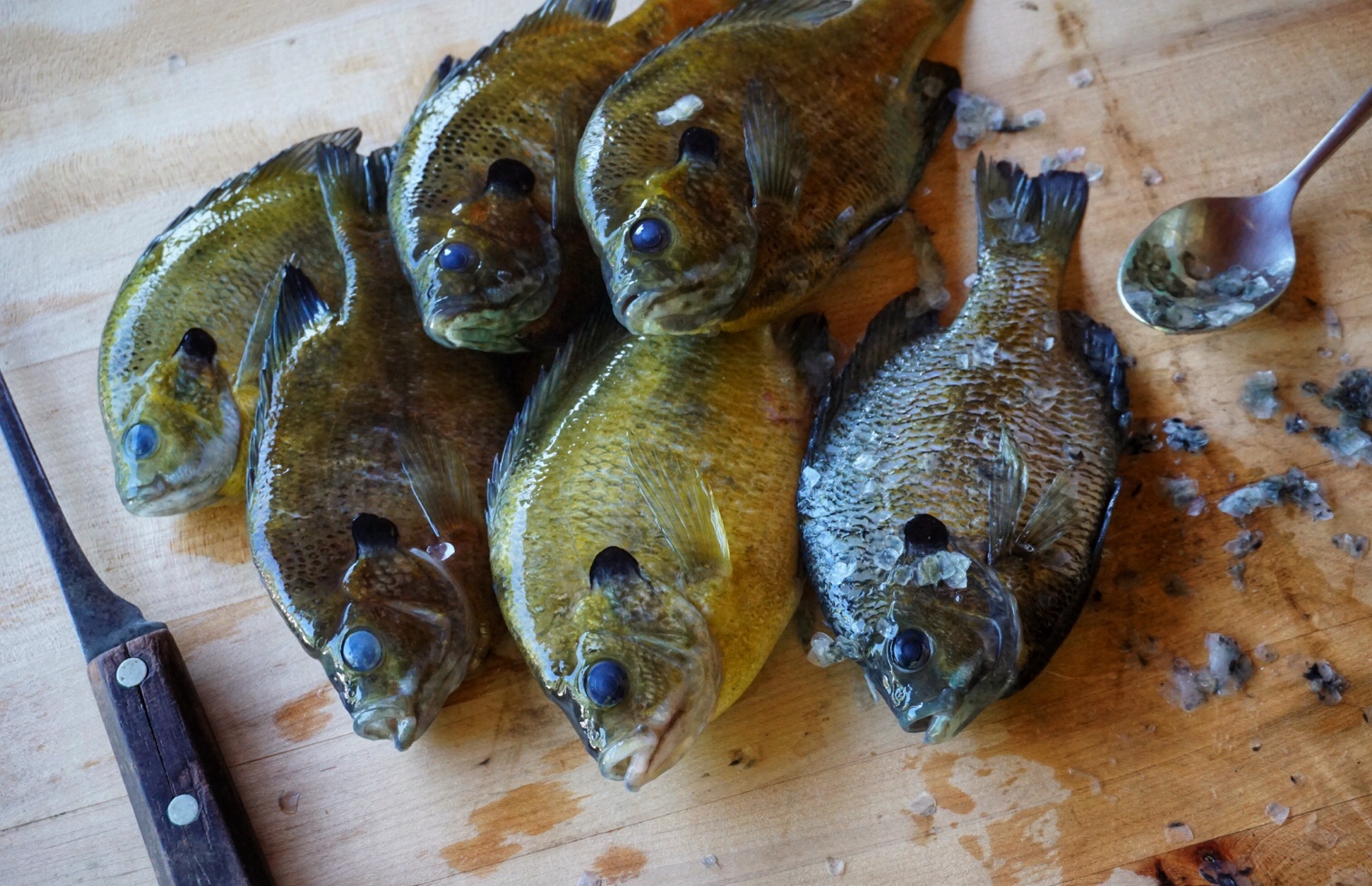Catfish Étouffée
“Étouffée”, is French for smothered, and most commonly associated with the shellfish gravies served over rice in Louisiana’s Acadian region. The dish employs French techniques filtered through African and indigenous influences. Popularly served with crawfish or shrimp, étouffée can employ any “seafood” as its protein base and catfish especially, seems to take to this preparation. I prefer to use large fish (usually over 8 lbs) that sometimes get a bit tough and therefore aren’t ideal for frying. This method results in tender meat and with a little time, transforms the humble catfish into world class table fare.
Ingredients
2 lbs catfish (cut into large chunks)
3/4 cup of peanut oil
3/4 cup of flour
2 lg bell peppers
2 med onions
6 stalks celery with leaves
5 lg cloves garlic
2 tsp old bay
1 small jalapeño
1 tsp black pepper
2 tsp Cajun seasoning
2 bay leaves
1 tsp sugar
1 tsp thyme
3.5 cups stock
5 splashes Worcestershire sauce
salt to taste
Save yourself the potential for problems while in the throws of roux making and chop your vegetables before you start cooking. The bell pepper, celery and onion can all be rough chopped in half inch pieces and held separately. This combination is known as “Holy Trinity” in Louisiana and serves as the flavor base for much of the Creole and Cajun cuisine. The jalapeño and garlic can be minced and held together.
First, make a roux. Combine oil and flour in a heavy bottomed pot over med heat and stir constantly with a wooden spoon or whisk. The goal is a peanut butter colored roux. This will impart a toasted flavor to the dish while still retaining much of the flours’ ability to thicken. Stir constantly to avoid scorching.
Once the roux has become the color of peanut butter, add your trinity. Cook until veg are softened and the onions are translucent. At this point add the garlic and jalapeño and cook until the garlic is just starting to brown.
Add all dry spices aside from the bay leaf. Stir into roux and veg, then add the half can of crushed tomato.
Now, add stock, Worcestershire, and your bay leaves and stir to combine all ingredients. Allow mixture to come to a slow rolling boil, then cover the pot with a lid and reduce to a simmer for one hour. Stir occasionally.
After an hour, carefully add catfish pieces to the pot and make sure that all meat is covered with the gravy. Return cover to pot and allow the gravy to cook your catfish on a very low simmer for 10-20 minutes depending on the thickness of your fish. The goal is to have tender meat that still holds together. Serve over rice and garnish with plenty of chopped green onion. This gravy will only improve after an overnight stay in the fridge. When you reheat, do so slowly on the stove (not a microwave) and it will be even better the second day.
Serve your Étouffée as a gravy over rice or with rice on the side for a hearty, flavorful meal.






